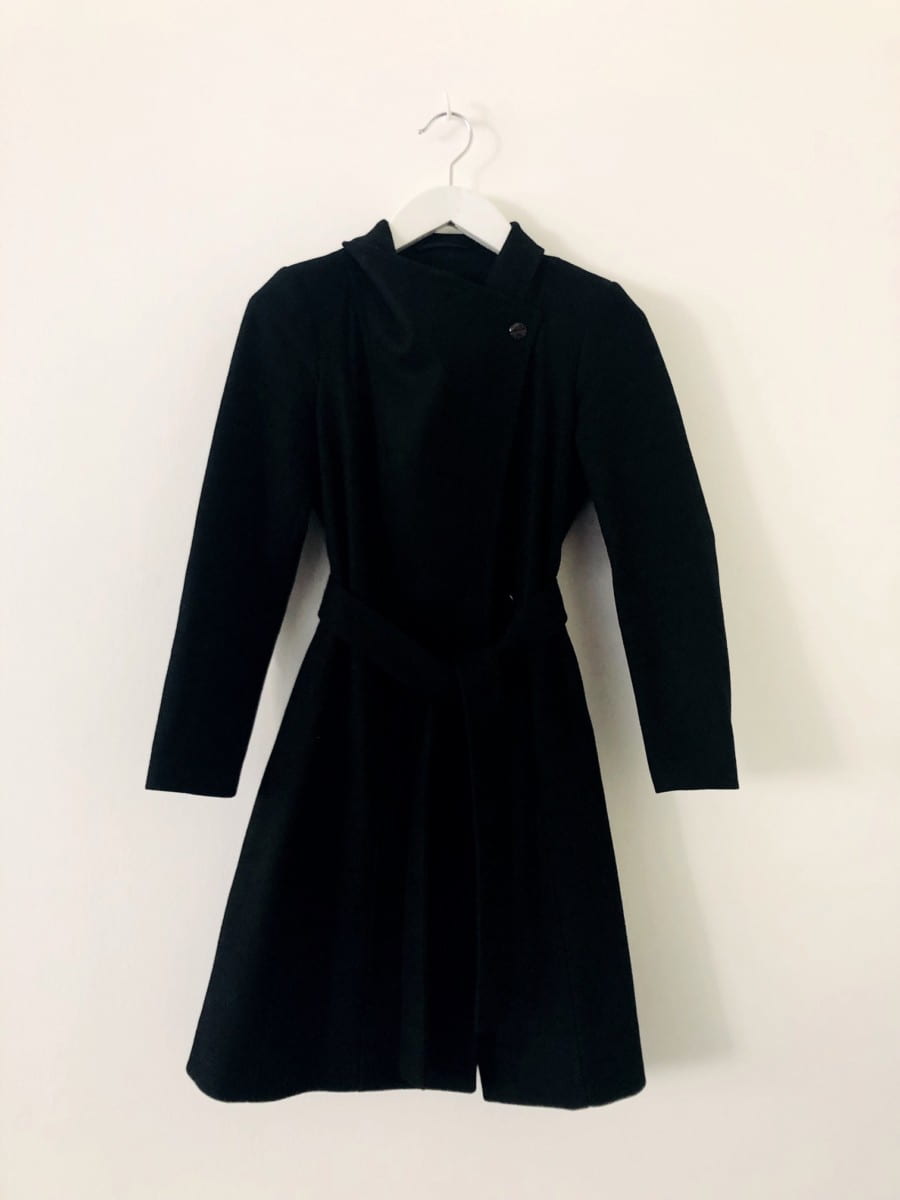We usually apply the concept of evolution as a biological reference to the sequence of events that result in the development of a species or group of organisms. For me, however, that concept is a far more interesting when applied to the development of activities of a biological group. The human evolution of shopping, over the past two hundred years has been an inherent part of the developments that have led to 21st century society and culture. Shopping is such an integral part of our lives, that most of us purchase something every day. It is worth reflecting on how much we, as a species have predicated so many aspects of our lives on this activity. For many people in the West, shopping is no longer about buying key needs, rather it has become an essential activity in its own right. When Marx was writing at the end of the 19th century he called religion the opium of the people. I suspect that in this increasingly secular country, like me, he would now name shopping.

Victoria Lyons. BA (Hons) Fashion Illustration
In her book, The Thoughtful Dresser, Linda Grant devotes a chapter to the development of shopping since the late 18th century. While the idea and process had slowly begun to evolve over the centuries, the onset of the industrial revolution accelerated it. With its mass production, railways, development of urban conurbations and factories full of workers who needed a different form of support to access goods, the factors were right to provide the environment needed for the successful growth of shopping. Two hundred years later, with our complex cityscapes, we have integrated shopping as a key part of our human existence into almost every part of the globe. From Ulan Bator to New York we have direct access to a myriad of designers’ clothes, footwear and accessories. While people still flock to the designer flagship stores, which are really the contemporary cathedrals of this 21st century religion, we have added the online experience to bring this process directly into our homes.
In his book, written in 1883, The Ladies Paradise, the French author Emile Zola describes how the evolution of the grand magazin, or department store, brought about the destruction of the small drapers and haberdashers as the larger drapers shop expanded to fill an entire city block. Zola said he wanted to ‘write the poem of modern life’ to show how these stores seduce us in with their advertising, smells and experiences. Whether browsing or buying, they meet our very human need to explore and try something new, an item that might enhance how we look so that we feel better about ourselves. Over a century later, the iconic role that these stores can play has not diminished, whether it is the latest Louis Vuitton store in Bond Street, the Prada one in Tokyo or the Commes Des Garcons concept shop in Beijing. These stores have evolved to meet the expectations of a sophisticated shopper above and beyond the immediate purchase.
It is interesting to speculate just how much the shopping experience is going to evolve over the next century. Online shopping is already beginning to significantly alter how we buy our essentials and luxuries. We don’t think twice about buying a handbag from a luxury brand, a vintage jacket from E-bay or fairtrade T-shirts from an ethically focused company. We can source goods we like from any part of the world and if we wish we can design and customise footwear or clothing to make sure they are exactly what we want, whether it’s the colour, pattern or fit – mass customisation over the internet ensures our shopping is tailored to our needs. New efficiencies in distribution and marketing make this possible. Virtual sites support these groups as people turn away from the mass market into niche areas. Location turns global because individuals network together through blogs, websites and interest groups to discuss goods and review and reflect on their experiences. Credit cards, databases, bar codes and the Internet have combined to make mass customisation and greater individuation possible. Formerly unprofitable products and markets can be lucrative as smaller niche markets collectively form a market that rivals the traditional hit or main brand product. The shopping experience is evolving yet again and who knows where it will lead us.




